Solar energy is often discussed in terms of technology, efficiency, and cost. But one aspect that is just as important is cultural adaptability. Around the world, communities view energy differently, and solar adoption often reflects local traditions, values, and lifestyles. Understanding these cultural perspectives is key to making solar panels no
Solar energy is often discussed in terms of technology, efficiency, and cost. But one aspect that is just as important is cultural adaptability. Around the world, communities view energy differently, and solar adoption often reflects local traditions, values, and lifestyles. Understanding these cultural perspectives is key to making solar panels not just a technology but a solution that fits people’s everyday lives.
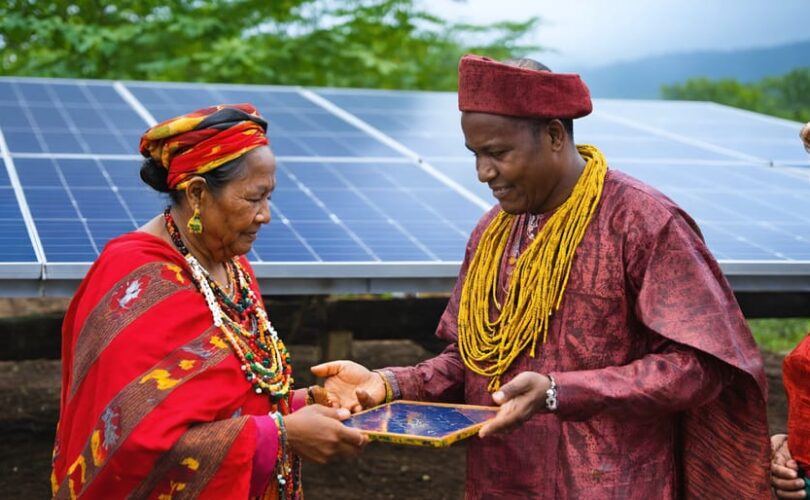
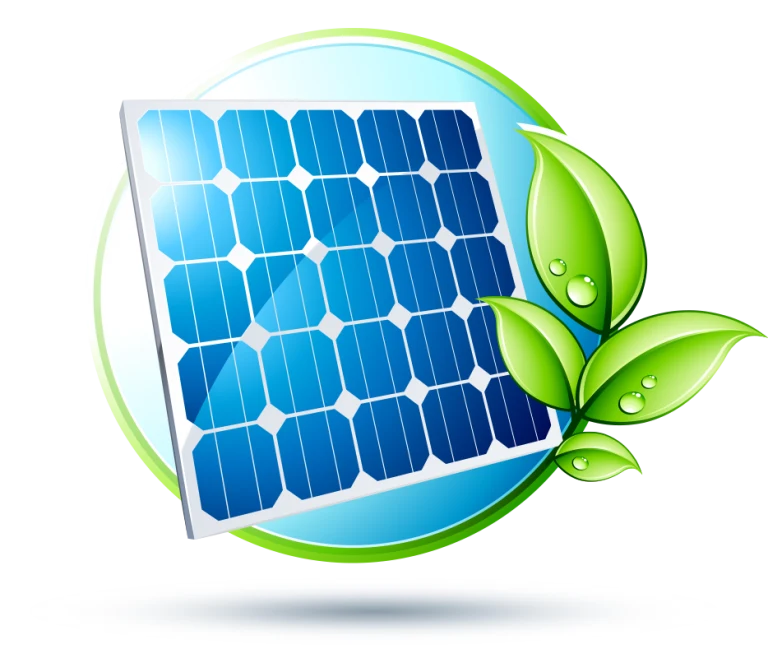
In many countries, solar panels for homes are more than a way to save on electricity bills. In rural parts of India, for example, they provide reliable power where the grid may not reach. In Europe, homeowners often install solar systems for houses as part of broader eco-conscious living. Each region shapes how solar panels are integrated into daily life.
Solar panel prices remain one of the biggest factors influencing adoption. In wealthier nations, subsidies make solar more affordable, while in developing regions, innovative payment models like community financing or small monthly installments make solar systems for houses more accessible. These cultural and economic differences show why a “one-size-fits-all” approach doesn’t work.

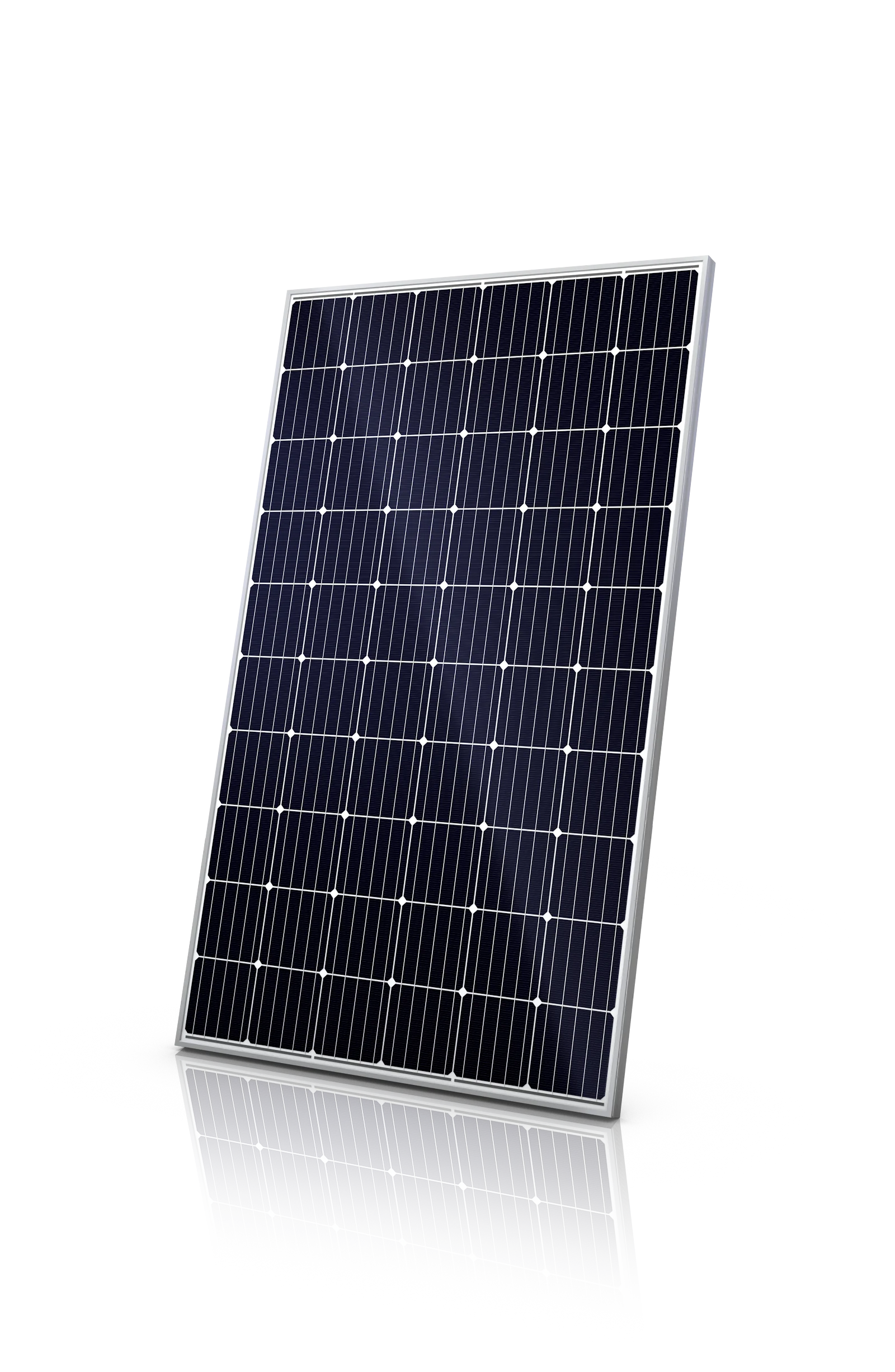
Solar panel installation is not just about technical work—it’s also about trust. In Japan, precision and quality assurance during installation are cultural priorities, while in Africa, solar panel installation projects often involve training local workers to build skills and jobs. This adaptability ensures solar growth is rooted in the community.
Solar panel manufacturers in India have become a source of national pride, reflecting the country’s push toward self-reliance. Similarly, German solar companies highlight engineering excellence, while Chinese manufacturers focus on scale and affordability. Each market expresses its cultural strengths through solar innovation.
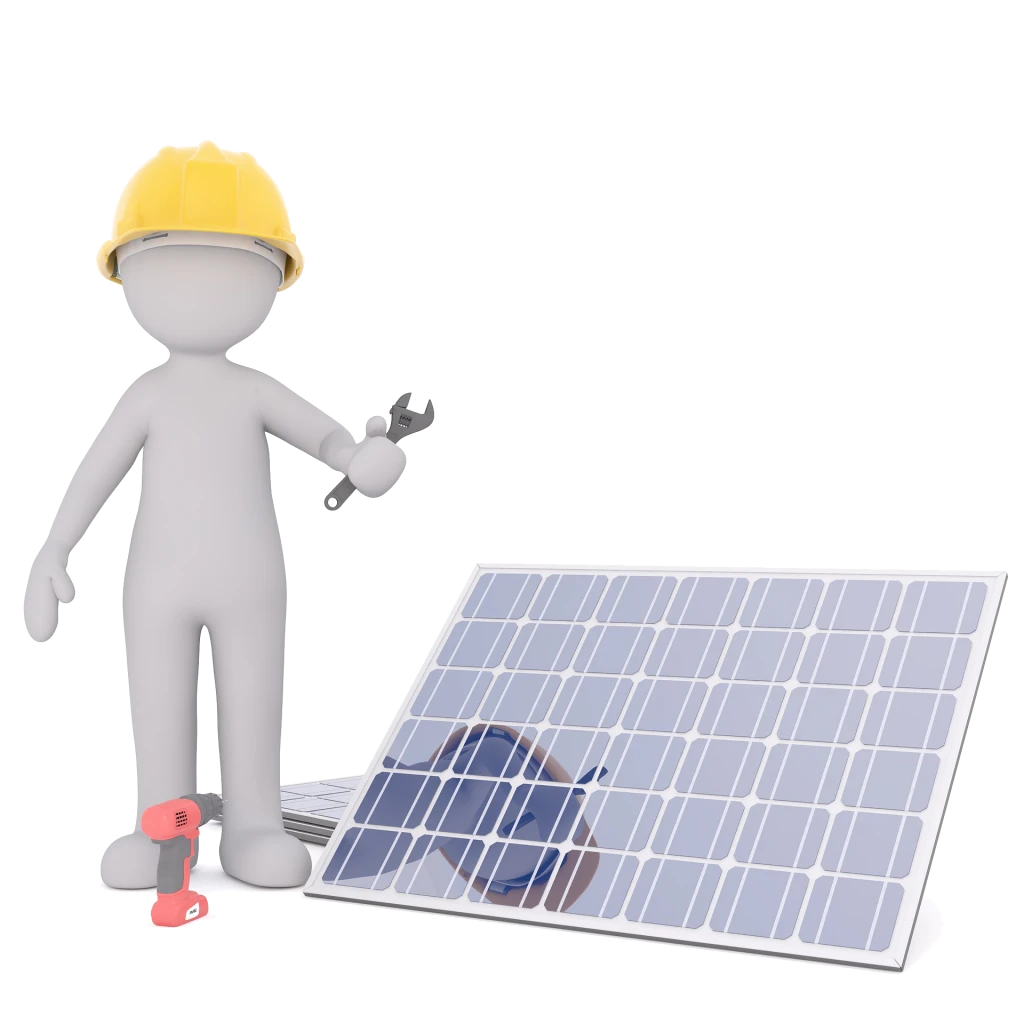
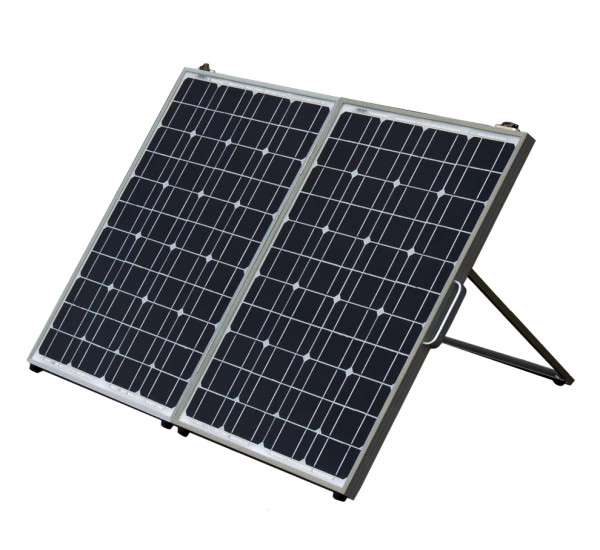
Solar battery storage and solar inverters make solar energy more practical. In areas with frequent power cuts, like parts of South Asia, storage systems are a necessity. In the United States, battery storage is linked to energy independence. These differences reflect how solar adapts to the cultural and practical needs of each region.
When people ask about the best solar panels, the answer depends on local conditions. For some, affordability matters most. For others, durability, brand trust, or efficiency are key. What counts as “the best” changes depending on cultural values and everyday realities.
